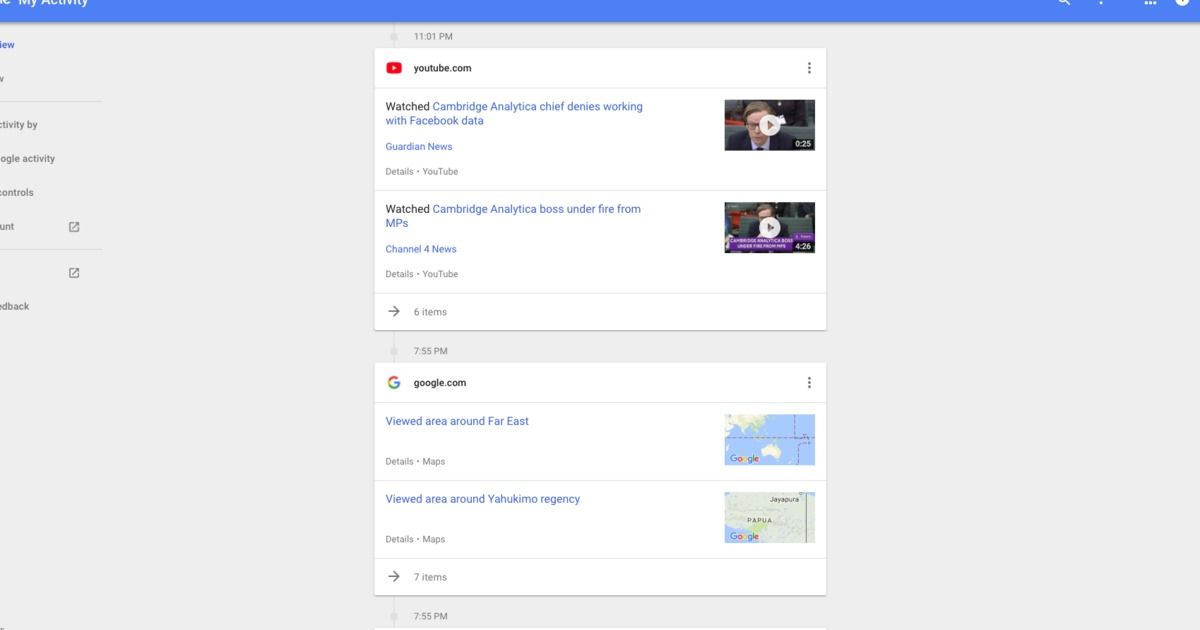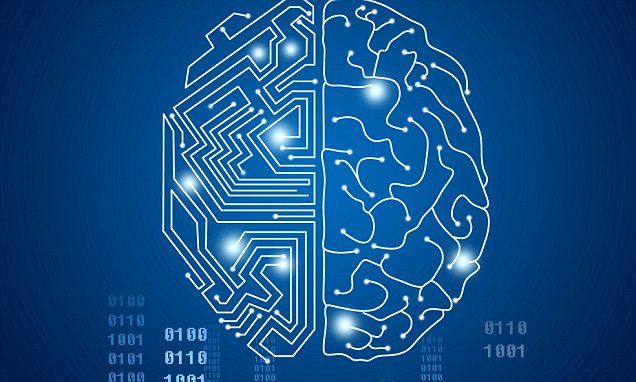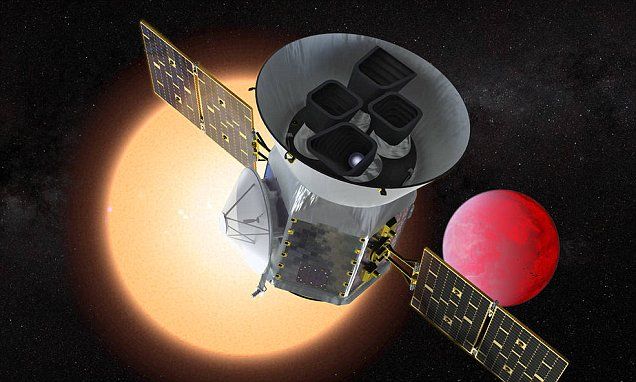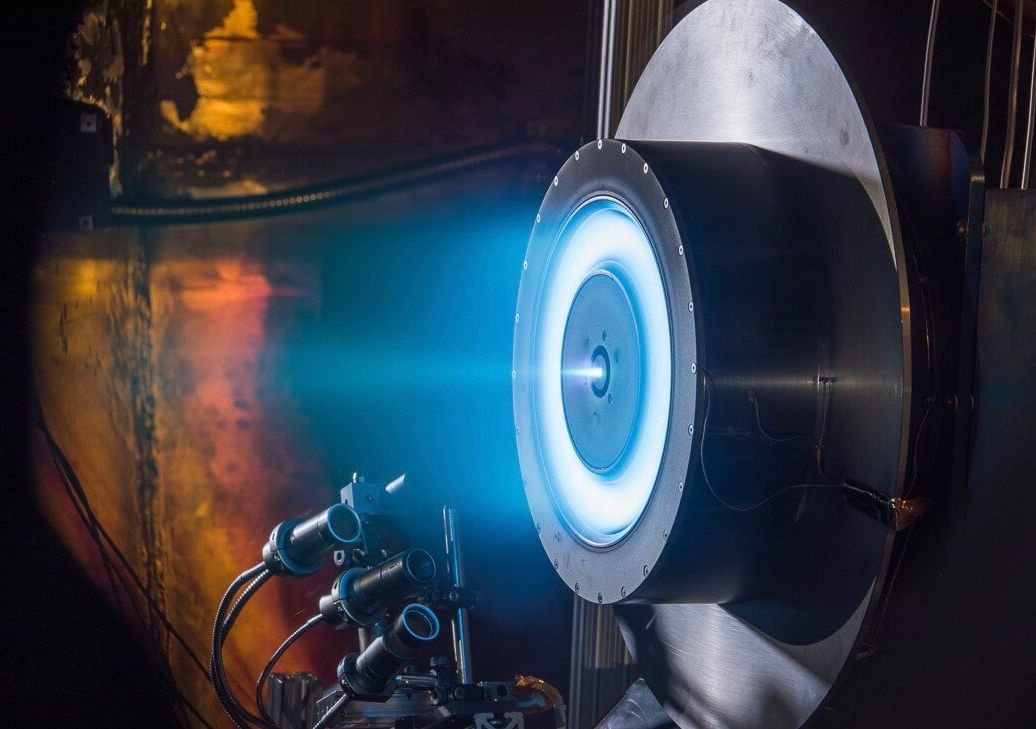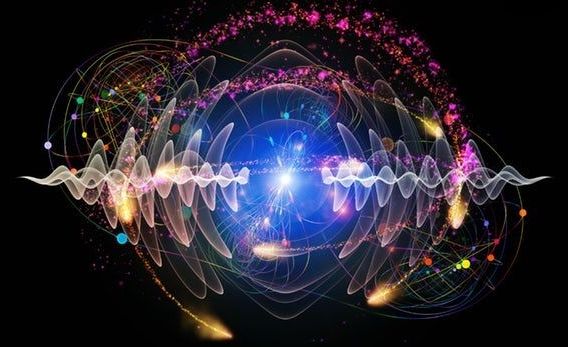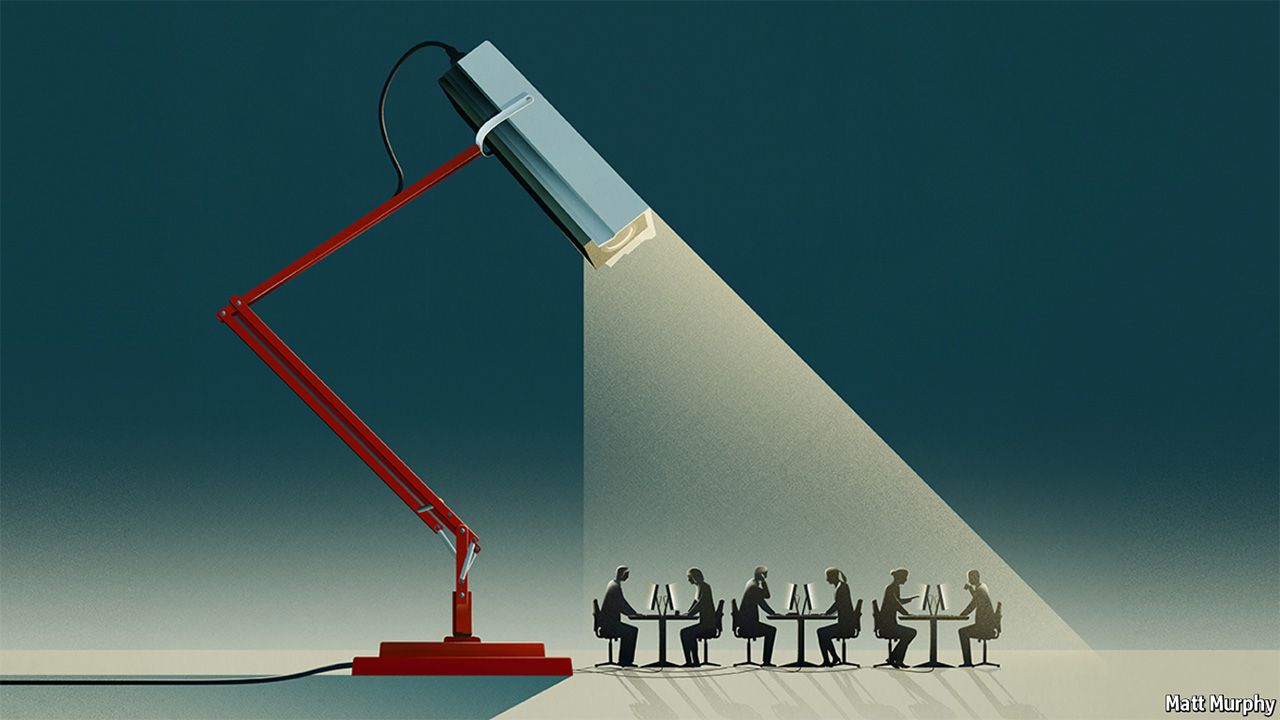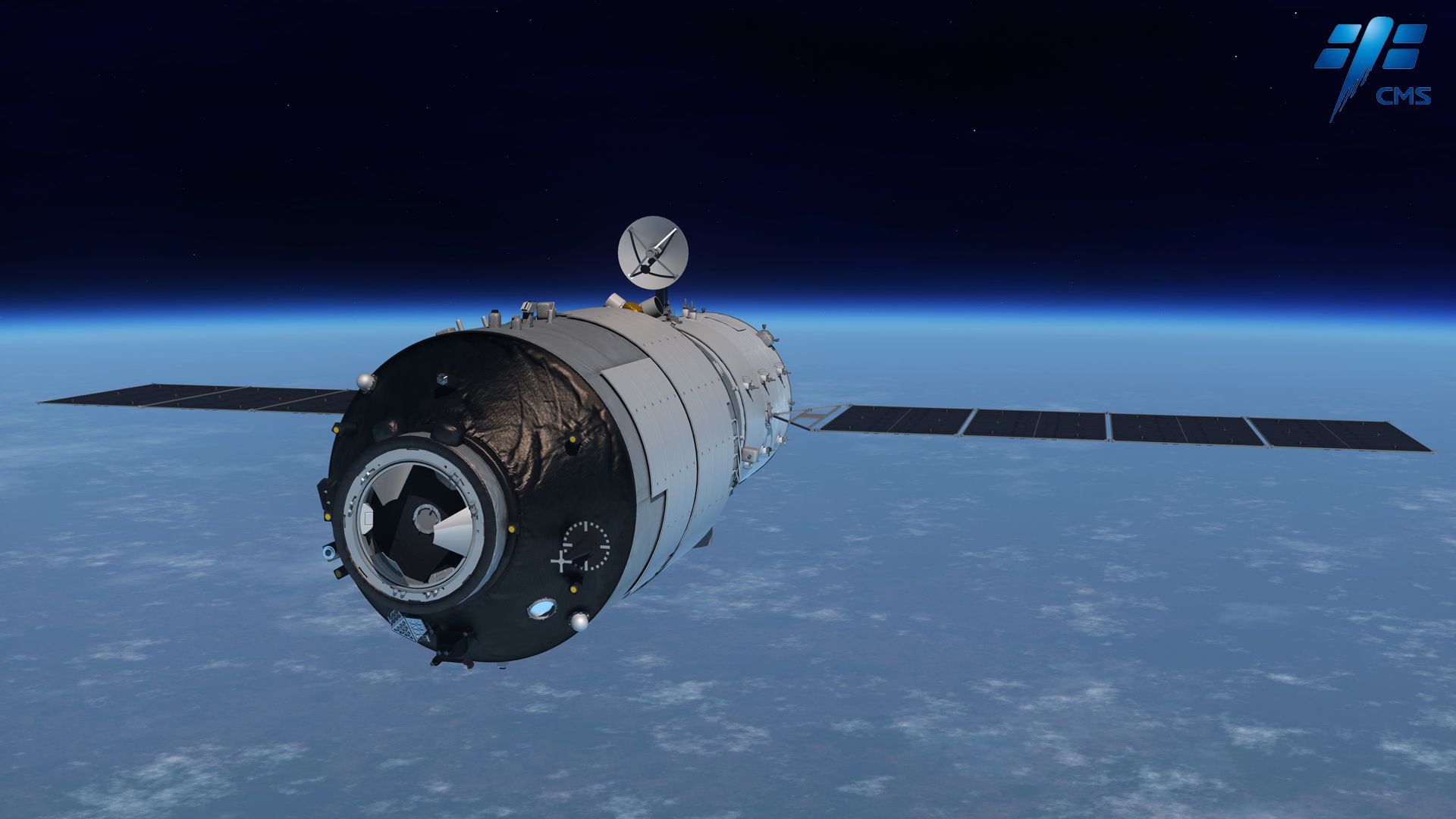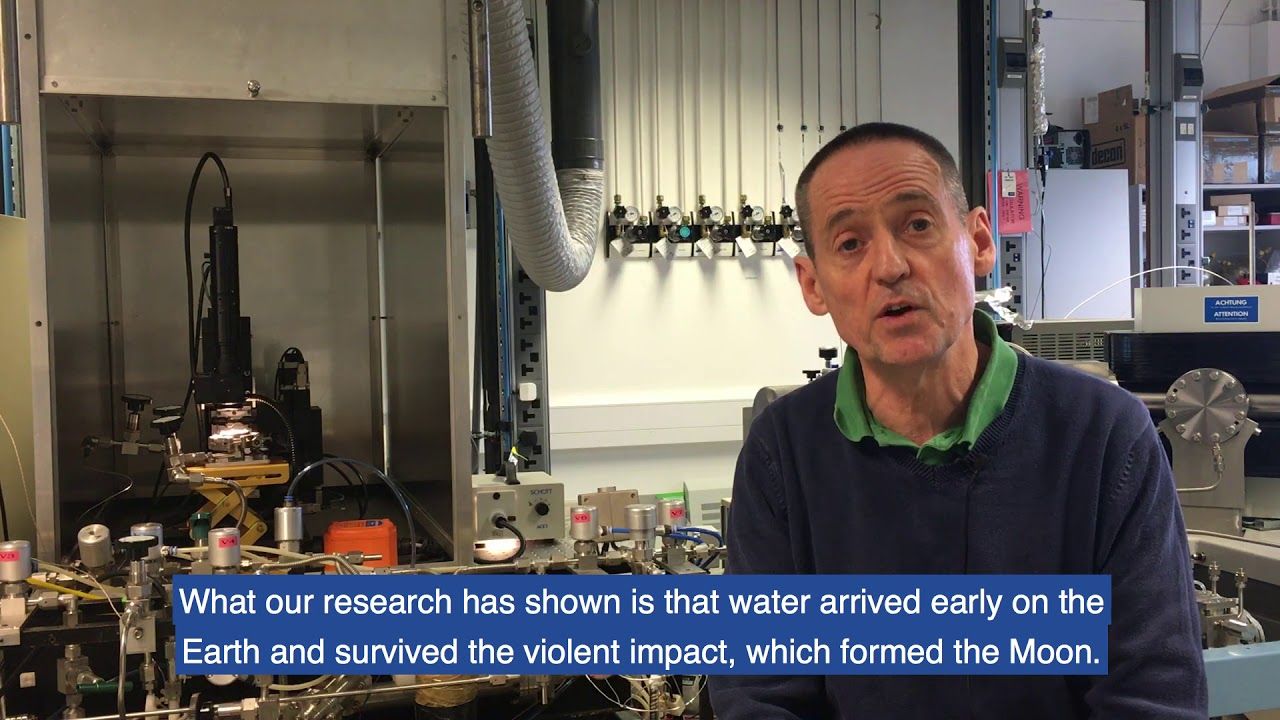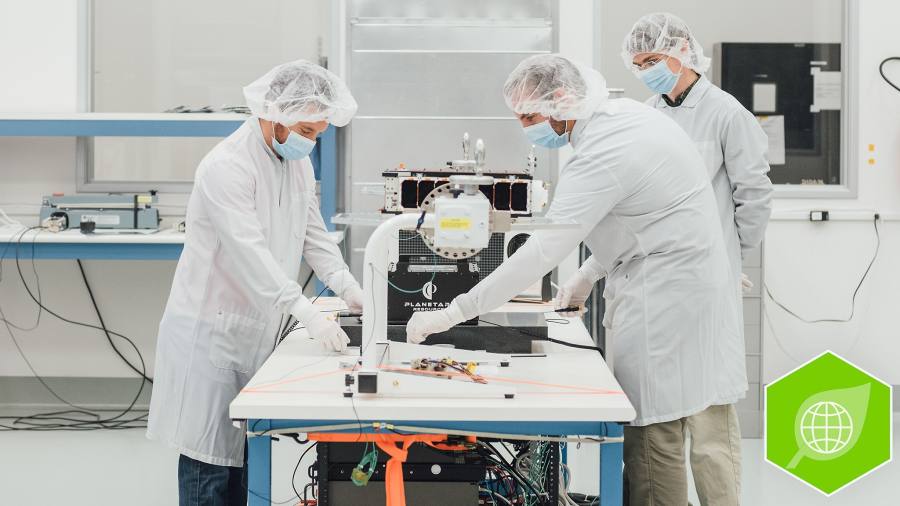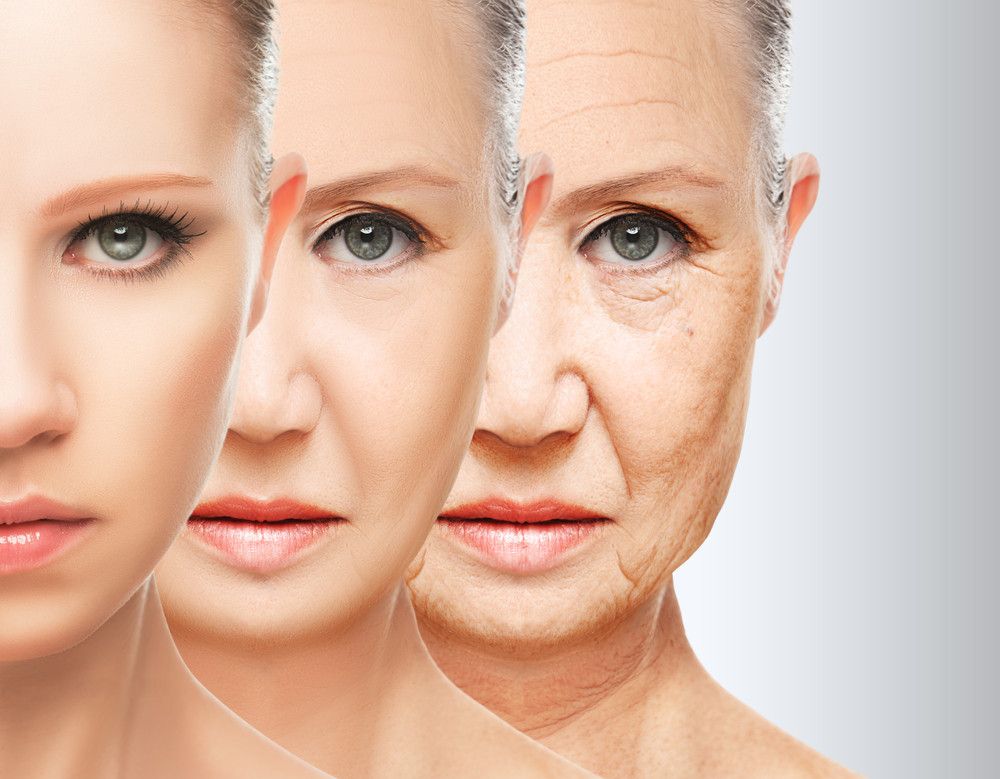Take back control of your information with these easy steps.
In the past, companies have often used technology to keep track of employee actions and increase productivity. But recently, they’ve begun using AI for hiring, firing and compensation.
Xander, which is developed by tech firm Ultimate Software, is being used at steel processor SPS Companies in Manhattan, Kansas, the Journal noted.
SPS used Xander to efficiently analyze and categorize employee responses to a confidential survey.
NASA is now just weeks away from launching its next mission to find undiscovered worlds beyond our solar system.
In a press conference Wednesday afternoon, the space agency revealed its Transiting Exoplanet Survey Satellite (TESS) is undergoing the final preparations in Florida ahead of its April 16 launch.
The new ‘planet hunter’ set to be Kepler’s successor is equipped with four cameras that will allow it to view 85 percent of the entire sky, as it searches exoplanets orbiting stars less than 300 light-years away.
A one-way trip to Mars with conventional chemical rockets could take up to nine months. It’s a long time for humans to be in a spaceship exposed to radiation and other hazards. That’s one reason NASA, space agencies, universities, and private industry are pursuing different rocket technologies. Here’s a look at them.
The workplace of the future
Posted in business, economics, employment, robotics/AI
The march of AI into the workplace calls for trade-offs between privacy and performance. A fairer, more productive workforce is a prize worth having, but not if it shackles and dehumanises employees. Striking a balance will require thought, a willingness for both employers and employees to adapt, and a strong dose of humanity.
ARTIFICIAL intelligence (AI) is barging its way into business. As our special report this week explains, firms of all types are harnessing AI to forecast demand, hire workers and deal with customers. In 2017 companies spent around $22bn on AI-related mergers and acquisitions, about 26 times more than in 2015. The McKinsey Global Institute, a think-tank within a consultancy, reckons that just applying AI to marketing, sales and supply chains could create economic value, including profits and efficiencies, of $2.7trn over the next 20 years. Google’s boss has gone so far as to declare that AI will do more for humanity than fire or electricity.
Such grandiose forecasts kindle anxiety as well as hope. Many fret that AI could destroy jobs faster than it creates them. Barriers to entry from owning and generating data could lead to a handful of dominant firms in every industry.
Get our daily newsletter
Many asteroids are rich in minerals, metals and water, making them potential life support systems for humans venturing deep into the solar system.
“Asteroids contain all the materials necessary to enable human activity,” says Peter Stibrany, chief business developer and strategist of California-based Deep Space Industries (DSI). “Just those near Earth could sustain more than 10bn people.”
Moreover, their relatively small mass means their gravitational field is weak, so in this respect, at least, they are much easier than larger bodies such as the moon to land on and leave, he argues.
Aging skin is a major concern for menopausal women – who experience hormone changes – as it affects self-confidence, psychological wellbeing, intimate relationships, and is the one life challenge where women don’t budget. The anti-aging industry, which is worth $50 billion a year, knows this very well!
When women notice more wrinkles, increased sagging, dullness, dryness and feeling less attractive, they usually opt for fillers, Botox, threads, chemical peels, etc. However, the question remains: how long will all of these sustain rapidly aging skin? Scientific evidence suggests that women lose 30% of their collagen content in the first five menopausal years. Recently, it has been proposed that using bioidentical HRT during this critical time of rapid skin aging can hugely prevent menopausal skin aging.
Furthermore, in the European anti-aging market, “skin HRT” is already being used to prevent rapid changes in menopausal skin by targeting oestrogen receptors. “Skin HRT” is used as an anti-aging cosmeceutical, not just to prevent rapid skin aging, but it can be safely used in women where HRT is contraindicated, as it does not absorb systemically.
